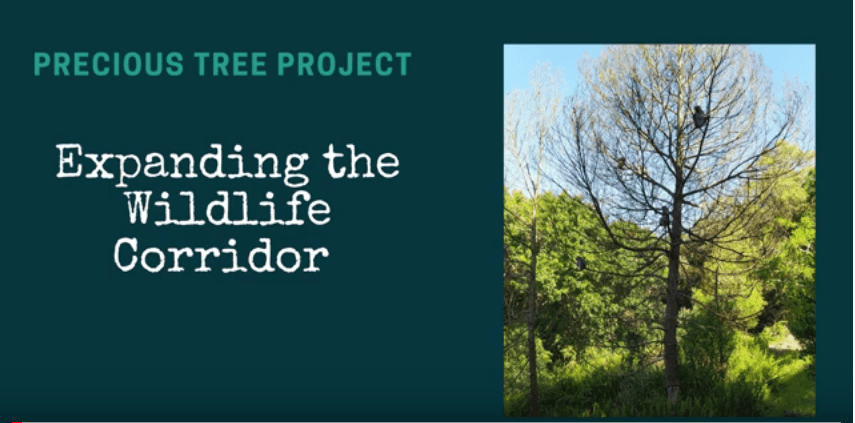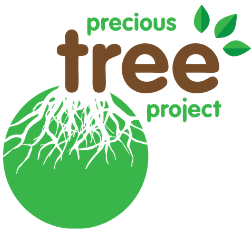
One of the incredible benefits of planting out bio-mimicked forest patches and assisting the reforestation process of the indigenous forests in the Garden Route region is the value this brings to our wildlife, particularly i.t.o assisting their survival rates. As one of the few natural forest biomes in South Africa, our Garden Route forests are home to many species of our four-legged wildlife: the region is a well-known haven to the Knysna elephant, rooikat, leopard, bushbuck, vervet monkeys, porcupines, baboons, etc. Not to mention the bird, reptile and insect populations that thrive when the forests are healthy. A haven is more than a safe space for our circulating wildlife, it is also a fundamental ongoing source of food for them, from the forest trees themselves and from the forest floors.
Factors including the rapid increase of human activity and development in the area, climate change, the uncontrolled spread of highly invasive non-indigenous trees (which themselves compete for water amongst themselves) all have had a negative impact on our local forests – and therefore on the territory in which our wildlife naturally roam, breed and feed.
Re-establishing and protecting wildlife corridors is a key component of our reforestation efforts and between April and August this year, in slow, regulated lockdown-motion, we got stuck in with small groups of volunteers at a time and took on the task of rehabilitating a site that is regularly traversed by troops of baboons, vervet monkeys, by bushbuck, porcupines and a rooikat. The task is one of both clearing the invasive wattle and blackwood trees that have infiltrated the site from the neighbouring state owned property and then planting out a range of endemic tree species in the spaces that were cleared. And so the assisted reforestation and natural regeneration of the forest floors begin …
Thank you to all donors for their contributions that make projects like this possible – we planted out over 100 precious trees to grow the wildlife corridor, which included outeniqua yellowwood, boekenhout, forest elder, cape chestnut, cape beech and keurbooms.
And thank you to all our enthusiastic VIP’s who pitched in (as and when regulations allowed) and got their hands dirty! A much needed grounding reconnection to mother earth in a year when being outdoors and in nature has been sorely needed!
If you would like to support our ongoing efforts of assisted regeneration of our forest biome, click here to sponsor trees!

